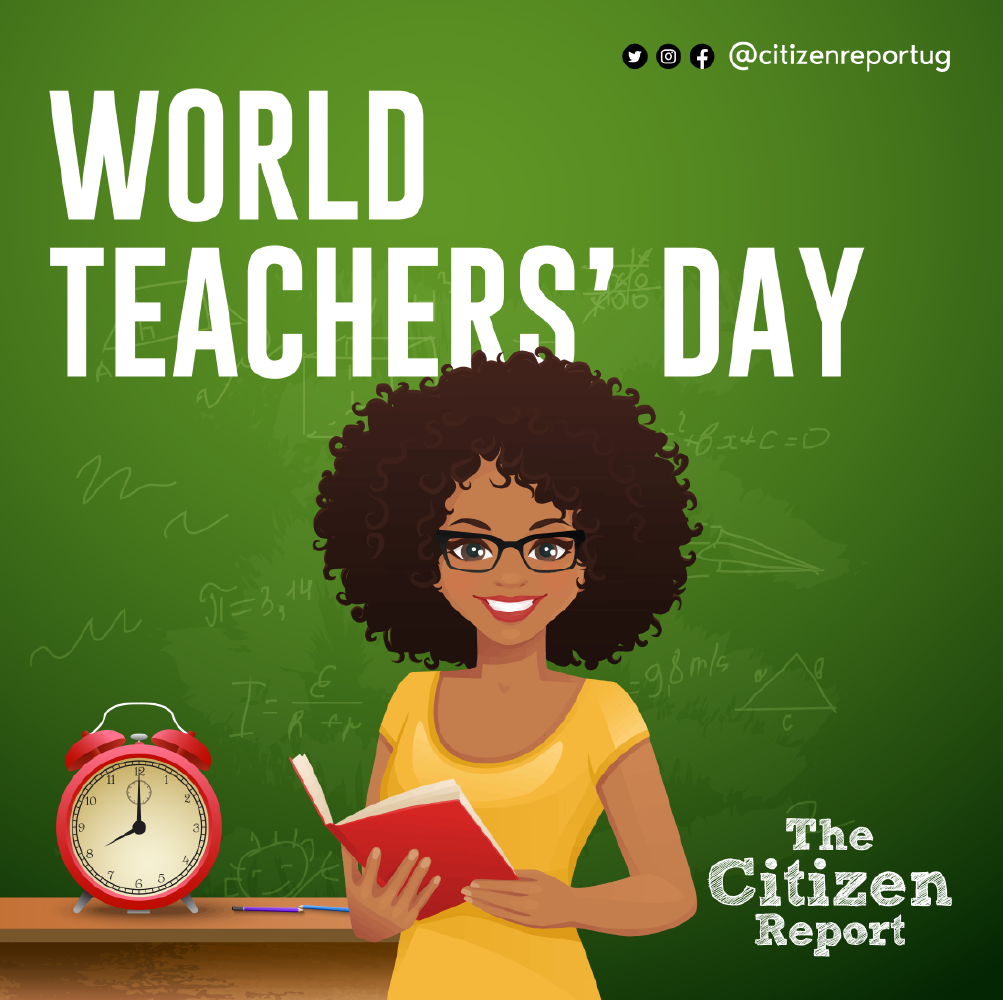By Jackline Kemigisa and Mutesi Sekaziga
The Parliament of Uganda recently celebrated 100 years since its inception. This celebration raises three interesting questions; firstly, whose history are we celebrating? Secondly, is it possible to celebrate 100 years that include colonisation’s epistemic violence without legitimising it?
Thirdly, can a once colonised people genuinely celebrate an era riddled with legislation tenure (ordinances) aimed at imposing British tyranny upon its lands without erasing the different freedom struggles of Bunyoro, Buganda and other communities?
What exactly is this history?
Scrolling through the Parliament website, the ‘History of Parliament’ page lists 1888 as the foundational year of a legislative organ’s first elements in Uganda. Tracing it back to when the Imperial British East African Company (IBEACO) started its coercive economic administration in Uganda and imposed taxes. This historical blurb fails to mention the violence and strongarming that followed these British economic hitmen as they implemented the ordinances they passed.
The Parliament website further lists the Orders- In- Council of 1902 as the first constitutional framework in Uganda that provided for Uganda’s administration. However, the devil is in the details; the so-called Ordinance Articles legitimised colonisation’s violence. Such as the introduction of vampire-like taxes, seen in Article 12 of the Ordinance, which empowered the Commissioners to make laws for Uganda’s governance.
This British administration of Uganda destabilised the already existing administrative systems within the different kingdoms without consulting the affected masses. It also introduced a legislative system whose sole benefit wasn’t the Ugandan but rather the British empire.
Economist Vali Jamal in his article Taxation and Inequality in Uganda, 1900-1964, demonstrates and maps the extent of inequality in Uganda in those times. Through this mapping, he focuses on the government’s tax policy, pivoting on tax ordinances (laws) like the poll tax and hut tax. The taxation policy demanded that Ugandans forcefully grow cash crops that directly benefited the colonisers and boosted their economy at the cost of Ugandans’ wellbeing.
Justice George Kanyeihamba, in his book Constitutional and Political History of Uganda, describes the legal leadership-backed ordinances to have “reeked with paternalism based on the assumption of the superiority of the imperial race over the subjugated peoples”. Kanyeihamba writes of the myth of superiority being a necessary instrument for keeping a small minority, the colonial masters, in complete domination over a large majority, the colonised people.
The history displayed on the Parliament website is therefore revisionist. It is akin to what Postcolonial theorist Gayatri Spivak terms as “Worlding” in her essay Worlding; a concept she describes as a process of how colonised space is transformed (worlding) for the natives by their colonial masters through acts such as cartography, writing, where the native begins to see his own home as belonging to his master.
The parliament website frames the purpose for these Order- In- Ordinance as “raising of revenues and generally for the peace, order and good governance of all persons in Uganda”. In the same spirit, the Parliamentary history worlds Ugandan legislative history so that Ugandans can see that history through their former master- Britain’s eyes.
The history further dives into establishing the Legislative Council (LEGCO) in 1920, whose membership was purely European until the 1945 swearing in of the first Africans.
The body’s leadership remained in the hands of the colonisers until January 1958, with Sir John Bowes Griffin’s appointment as the first Speaker of the LEGCO.
Again, what the Parliament website terms as critical landmarks are still a stark white- colonial centred governance. Even with some Africans on the LEGCO, the power and interests still lay with the coloniser. Historian Uzoigwe, G. N. describes the LEGCO best, calling it ‘a colonial body that was hardly an object lesson in democracy’ in his paper titled ‘Uganda and Parliamentary Government.’
It was not until 1945 that the first Africans were allowed into the Legislative assembly. The late 1950’s political atmosphere demanded a global end to colonialism in Africa, pressuring the British to end its illegal occupation. At the same time, it was too expensive for them to maintain the empire. This led to a series of constitutional changes, especially as Uganda geared up for “self-governance” in preparation for independence by introducing an electoral law to the Constitution, providing direct election to the legislature leading to the first-ever general elections in 1961.
Even after independence, the speakership was still in the hands of colonisers, mainly Sir John Bowes Griffin recognised as the first Speaker of the first Parliament from 1962 – 1963 before handing it over to Narendra M. Patel in May 1963, notably a Ugandan of Indian descent.
Colonial Laws undermining the sovereign rule of societies
During the colonial governance period of 1888 to the 1940s, the British laws such as the Native Authority Ordinance of 1919 violently imposed the Buganda administrative model on the rest of Uganda.
The Local Government Ordinance of 1949 set up district council powers that effectively destabilised the existing administration forms of the country’s different communities. Numerous ordinances sought to tax the already exploited Ugandans of their land; these taxes also redefined gender roles as only men paid the hut tax additionally engineering a taxation inequality and belittling women’s labour, thus creating a category of underlooked, unpaid work and shifting gender relations as Professor Tamale explains in her book Decolonisation and Afro- Feminism.
Uganda’s 1890-1920 history is marked by unforgettable resistance movements that sprouted up against the unfair land taxes introduced by the British colonists led by the Omukama of Bunyoro, Kabalega and the Kabaka of Buganda, Kabaka Mwanga defending their people against the white man’s injustices. It would therefore be impossible to celebrate the colonial history of Parliament without watering down these struggles.
If we embrace the 100 year celebration as the beginning of Uganda’s Parliament, we not only endorse the revisionist history as told and taught through the coloniser’s lens but we also perpetuate the narrative that our history as a people starts with colonialism, a grave misconception that mars our identity as communities that had successfully led orderly lives prior to the epistemic violence that was visited upon us through colonisation.
In a book titled The Complete Guide to Uganda’s Fourth Constitution, David Mukholi writes about a pre-colonial Uganda with no written constitutions spelling out laws. Instead, each society had a set of conventions, customs and traditions which regulated behaviour and social relationships that ensured rules ensured harmony and stability.
In theory, parliaments are critical institutions of democracy, playing a crucial role in legislation, oversight and representation. However, in the Ugandan context, the foundation of Parliament is rooted in a dictatorship and colonisation. To celebrate the entire 100 years of its existence is to legitimise the violence of the British Empire. Like the history blurb on the Parliament’s website applies a colonial filter, applauding those years under occupation equates to exempting the British empire from the crimes committed against the people of Uganda during their violent dictatorship.
References
- Rolandsen, Øystein H., and David M. Anderson. “Violence in the Contemporary Political History of Eastern Africa.” The International Journal of African Historical Studies, vol. 48, no. 1, 2015, pp. 1–12. JSTOR, www.jstor.org/stable/44715381. Accessed 11 Mar. 2021.
- Rolandsen, Øystein H., and David M. Anderson. “Violence in the Contemporary Political History of Eastern Africa.” The International Journal of African Historical Studies, vol. 48, no. 1, 2015, pp. 1–12. JSTOR, www.jstor.org/stable/44715381. Accessed 17 Mar. 2021.
- Kanyeihamba, W.. Constitutional and Political History of Uganda: from 1894 to Present: From 1894 to Present, LawAfrica Publishing (K)Limited, 2010. ProQuest Ebook Central, https://www.proquest.com/legacydocview/EBC/1996467?accountid=13375.
- Adyanga, Onek C.. Modes of British Imperial Control of Africa: A Case Study of Uganda, c.1890-1990, Cambridge Scholars Publisher, 2011. ProQuest Ebook Central, https://www.proquest.com/legacydocview/EBC/1080428?accountid=13375.
- Jamal, Vali. “Taxation and Inequality in Uganda, 1900-1964.” The Journal of Economic History, vol. 38, no. 2, 1978, pp. 418–438. JSTOR, www.jstor.org/stable/2119833. Accessed 1 Mar. 2021.
- Spivak, Gayatri Chakravorty. “The Rani of Sirmur: An Essay in Reading the Archives.” History and Theory, vol. 24, no. 3, 1985, pp. 247–272. JSTOR, www.jstor.org/stable/2505169. Accessed 17 Mar. 2021.
- Uzoigwe, G. N. “Uganda and Parliamentary Government.” The Journal of Modern African Studies, vol. 21, no. 2, 1983, pp. 253–271. JSTOR, www.jstor.org/stable/160775. Accessed 1 Mar. 2021.








